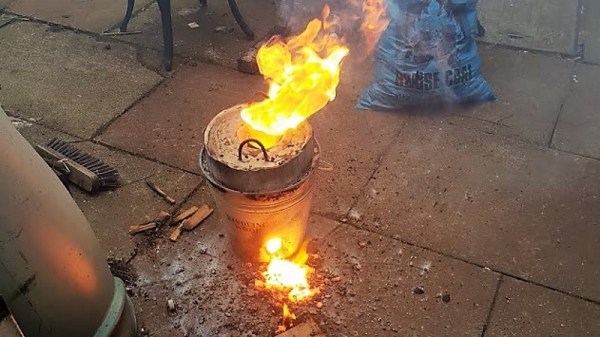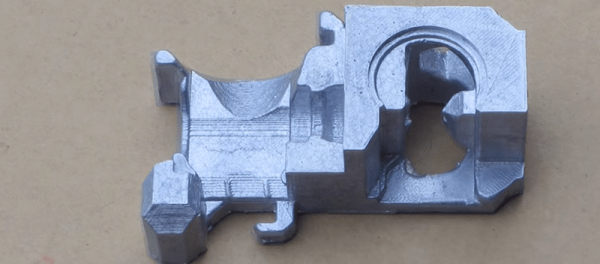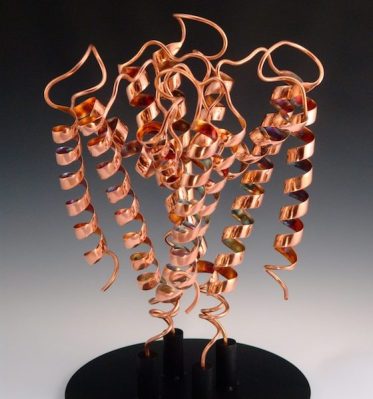Casting is a process that can be quite demanding for the first timer, but highly rewarding once the basic techniques are mastered. It then becomes possible to quickly and reliably produce metal parts en masse, and with impressive tolerances if the right method is chosen. [VegOilGuy] has been experimenting with lost PLA casting, and decided to see if it could be applied to car emblems.
The process begins with 3D models of various car emblems, primarily sourced from Thingiverse. These are printed in PLA, with sprues added to assist with the casting process. The parts are sanded to avoid unsightly print lines on the finished product, and any voids filled with wax. The various emblems are then assembled onto a casting tree, with extra sprues added to improve metal flow with wax and further PLA parts.
The investment mold is then created with plaster, and baked to remove water and melt out the PLA. This is crucial, as any water left in the mold can react explosively with the molten aluminium bronze. The mold is then filled with metal and then allowed to cool. The plaster mold is destroyed, and the parts can then be removed. Final processing involves a trip through a rock tumbler before final polish with sandpaper.
[VegOilGuy] gets impressive results, with the parts looking excellent in their bronze colour. This is an unconventional color for a car emblem, but it’s noted that this material is an excellent candidate for chrome plating to get a more OEM finish.
You might find your lost PLA casting experiments could benefit from the help of a microwave, too. Video after the break.





 For “Tears”, his sculpture of the enzyme lysozyme shown in the banner image, [Mike] started with crystallographic data that pinpoints every peptide residue in the protein. A model is created for the 3D printer, with careful attention paid to how the finished print can be split apart to allow casting. Clear PLA filament is used for the positive because it burns out of the mold better than colored plastic. The prints are solvent smoothed, sprues and air vents added, and the positive is coated with a plaster mix appropriate for the sculpture medium before the plastic is melted out and the mold is ready for casting.
For “Tears”, his sculpture of the enzyme lysozyme shown in the banner image, [Mike] started with crystallographic data that pinpoints every peptide residue in the protein. A model is created for the 3D printer, with careful attention paid to how the finished print can be split apart to allow casting. Clear PLA filament is used for the positive because it burns out of the mold better than colored plastic. The prints are solvent smoothed, sprues and air vents added, and the positive is coated with a plaster mix appropriate for the sculpture medium before the plastic is melted out and the mold is ready for casting.










